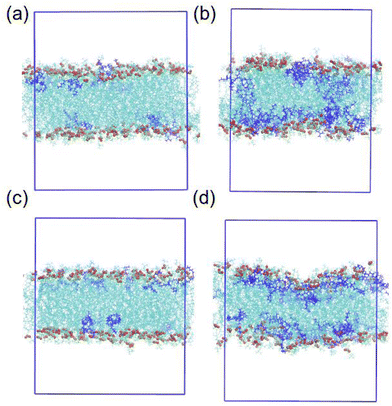Ribonucleic acid (RNA) is a type of molecule found in all living cells and has a key role in protein synthesis. One type of RNA, called messenger RNA (mRNA), is created during transcription of DNA in the nucleus. This strand of mRNA then leaves the nucleus and finds a ribosome in the cytoplasm, where it acts as code for production of a specific protein during translation.
mRNA has been utilised in pharmacology to create drugs that are specific and relatively quick and easy to manufacture. mRNA based drugs can be made to target a particular area within the body, therefore reduce unintended side effects. It is, to a certain degree, easy to create different sequences of the bases (A, U, C, and G) that make up mRNA, which means that the variety of proteins that can be created, and therefore diseases treated, is almost infinite. The most prevalent examples are the mRNA vaccines against COVID-19 from Moderna and Pfizer/BioNTech, which were extremely successful. Their importance was recognised in the awarding of the 2023 Nobel prize in Physiology or Medicine to Katalin Kariko and Drew Weissman, whose research into mRNA made the development of effective mRNA vaccines possible. mRNA drug delivery has a strong future, with possible applications for a wide range of diseases such as cancer, immune disorders and gene editing.
The next step in mRNA-based drug research is improving the functionality of the drug packaging to ensure the mRNA can successfully reach its target. RNA drugs are often packaged within a lipid nanoparticle (LNP), which ensures the RNA remains stable, reduces the body’s immune response to the drug and prevents degradation of the RNA sequence by nucleases. One method to improve the efficacy of LNP delivery is by including a cationic ionisable lipid (CIL) in the LNP, which helps in effective release of the drug from the LNP when it reaches its target within the body.
Scientists from Sweden came to perform neutron reflectometry on PolRef to investigate a lipid layer containing a phospholipid called CIL known as MC3 (DLin-MC3-DMA), focussing on how the amount of CIL in the layer and pH of the surroundings affect the interactions between different mRNAs and the lipid layer.

This image is a figure taken from the paper, depicting mass desnity profiles of the simulated lipid layers. MC3 is dark blue, DOPC is cyan and DOPC head groups are dark red/yellow.
They found that either a lower pH or higher percentage of MC3 resulted in greater adsorption of mRNA to the lipid layer. They also saw that the way the mRNA adsorbed to the lipid layer, either on the surface or deeper into the layer, was related to the structure of the mRNA. By comparing the experiments to computer simulations, they could look at which parts of the mRNA and lipid molecules were interacting and how that resulted in different types of adsorption between the different mRNAs.
This research will lead to improvements in understanding of how different components in LNPs interact and how this affects the LNP structure, which in turn affects how efficiently LNPs can deliver mRNA to the cell.
To read the paper behind this science highlight, go to DOI: 10.1039/d3nr03308b.
